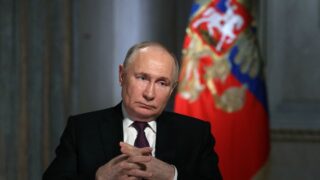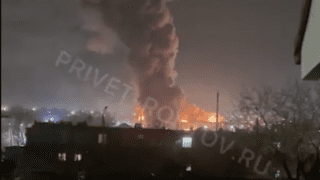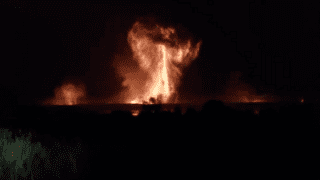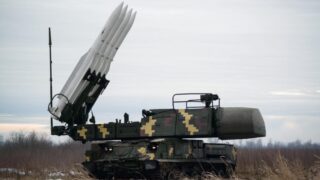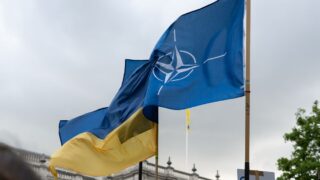
Economist: Ukraine secretly revives its missile industry amid aid uncertainty
Ukraine is secretly rebuilding its domestic missile industry, with multiple projects underway, ranging from state-backed programs to private initiatives, The Economist reports.
Ukraine was previously a world leader in space and rocket technology during the Soviet era, with Dnipro’s Pivdenmash plant producing four generations of strategic missiles. This ended with the 1994 Budapest Memorandum, when Ukraine surrendered its nuclear-armed ICBMs. Subsequent attempts to rebuild the industry were hampered by corruption, limited government funding, Russian infiltration, and lack of political will.
Vice Prime Minister Mykhailo Fedorov predicts that “2025 will be the year of the Ukrainian cruise missile.” President Volodymyr Zelenskyy has set an ambitious target of producing 3,000 missiles by the end of 2025, The Economist says.
The country’s missile program faces significant challenges. Russian forces actively target production facilities, with recent attacks including a December 2023 cruise missile strike on Neptune missile production in Kyiv and a November 2024 attack on Pivdenmash in Dnipro using the “new” Oreshnik intermediate-range ballistic missile (IRBM). The 2023 attack on Pivdenmash resulted in numerous casualties, The Economist notes.
To protect operations, production has moved underground, with assembly taking place in protected bunkers and component manufacturing scattered across hundreds of hidden locations.
“We will carry out the missile programme regardless,” says Volodymyr Horbulin, Ukraine’s former national security adviser and missile industry veteran.
Financial constraints present another challenge. While the government supports production of proven missiles with a 25% profit margin, developers must initially risk their own capital. A defense industry insider told The Economist that “Ukraine has no shortage of ideas, but the devil has always been in the implementation.”
Western partnerships are emerging as a potential solution, with countries like Denmark and Britain stepping up support. According to a senior security official, Ukraine remains at least a year away from producing missiles in quantities and capabilities that would pose a serious threat to Russia.
The timeline is crucial as potential changes in Western aid or ceasefire demands following Donald Trump’s inauguration in the US next month could impact the program’s development.
Among the new developments is the Trembita cruise missile, named after the Ukrainian alpine horn, which uses a modern $200 remake of the pulsejet engine first used on the German V-1 bomb in 1944. According to Serhii Biriukov, who leads the volunteer engineering team, the missile flies at 400 km/h with a 200 km range.
He claims a more powerful variant capable of reaching Moscow is in development, with serial production planned after final field tests. The missile demonstrates significant cost advantages, priced at $3,000 for the decoy variant and $15,000 with a 20-30 kg warhead.
“We are the hobo missile,” Biriukov told The Economist, noting that the low cost could help exhaust enemy air defenses.
Related:





